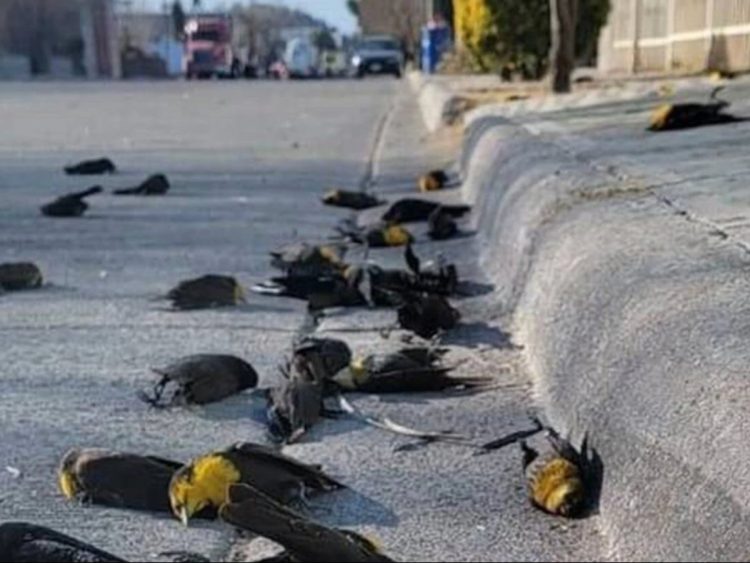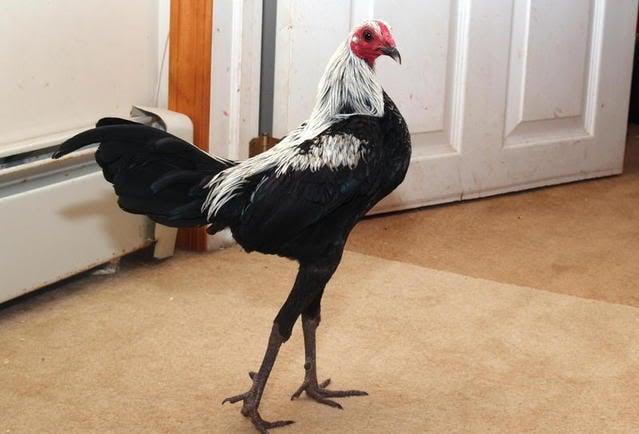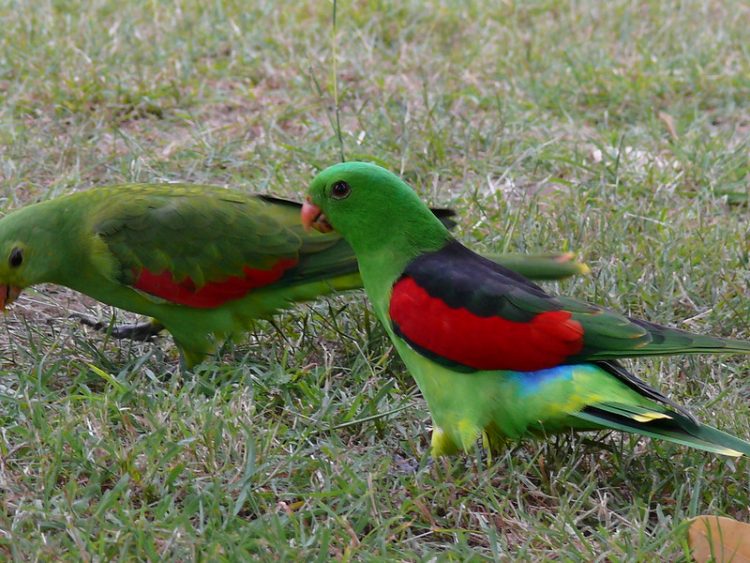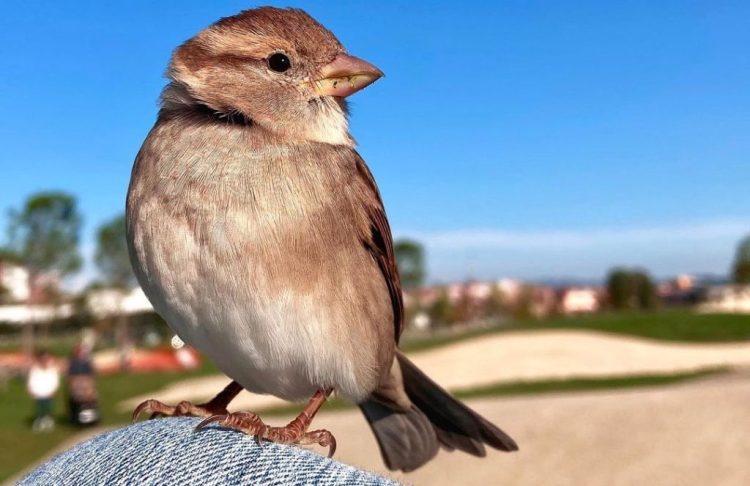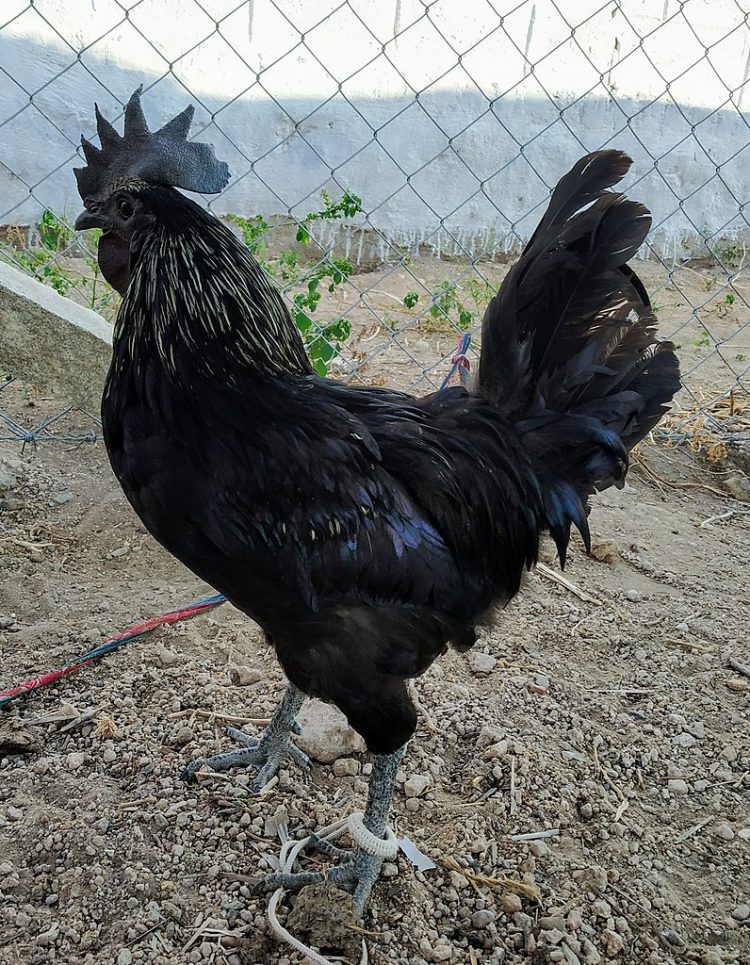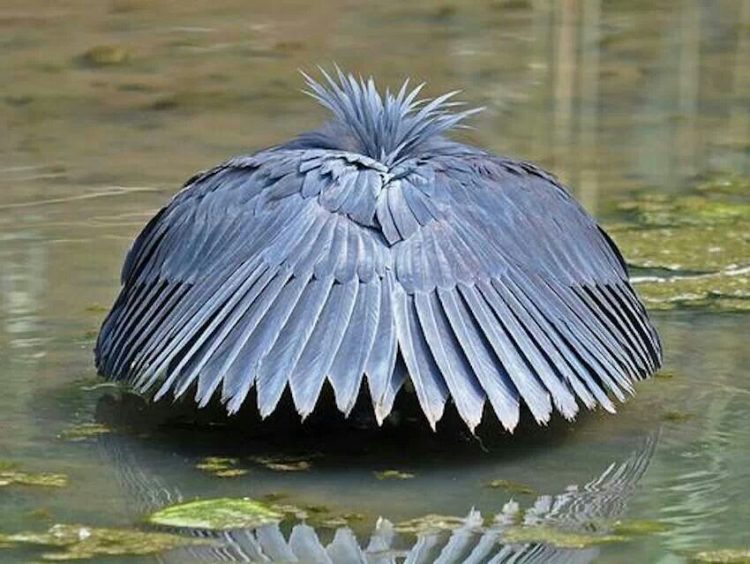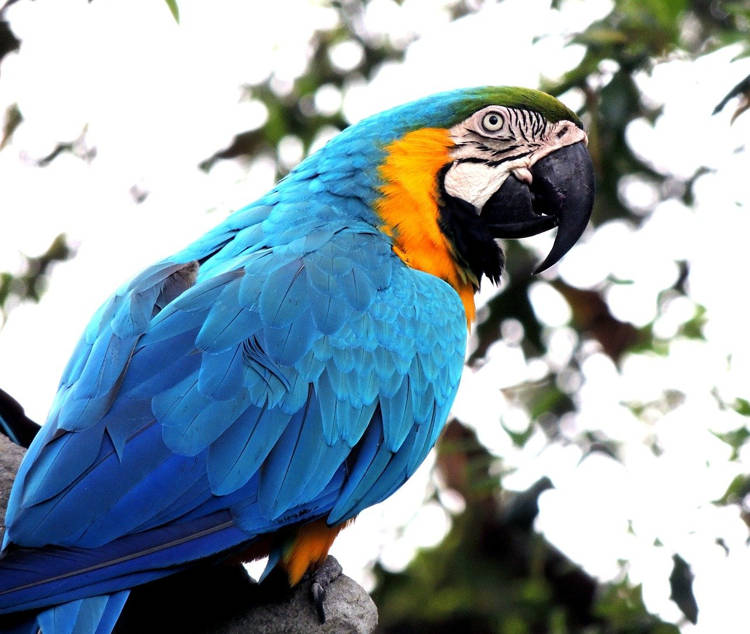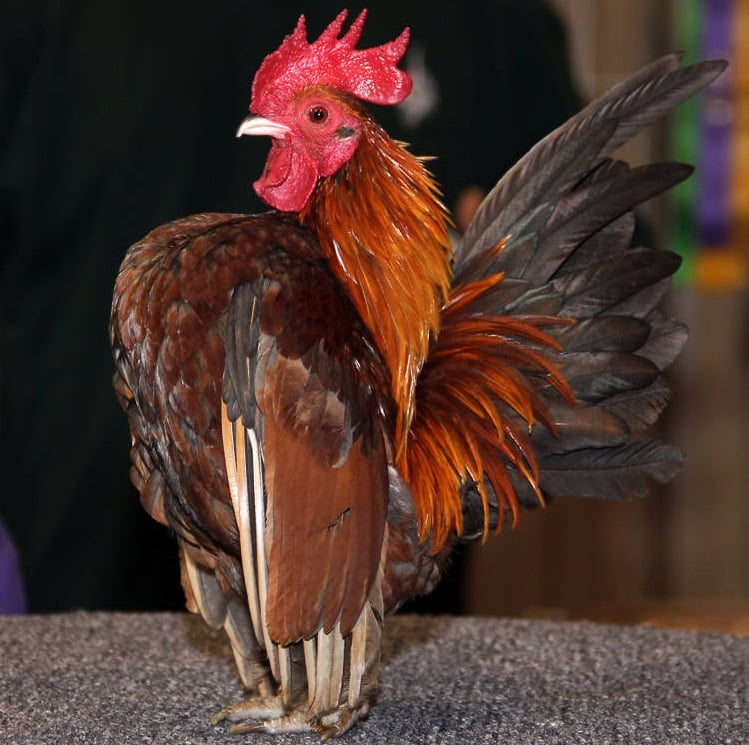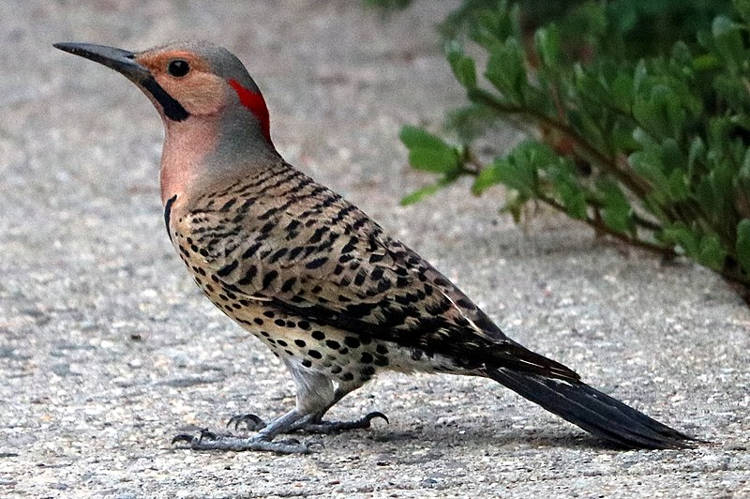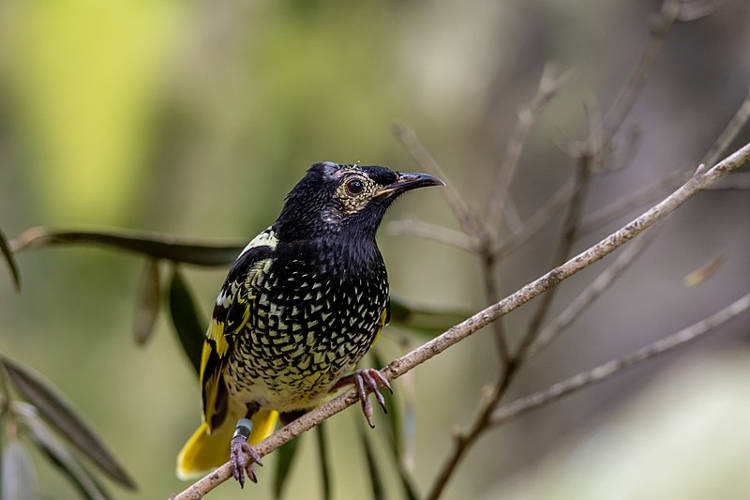A viral video showing a flock of hundreds of yellow-headed blackbirds flying straight into the pavement in the Mexican town of Cuauhtémoc has left a lot of people scratching their heads about the cause.
Footage from a security camera shows a large flock of yellow-headed blackbirds descending upon on a house before brutally crashing into the asphalt. Although most of the birds manage to take to the skies after the bizarre crash, many can be seen scattered on the street, barely moving. Subsequent videos showing dozens of bird carcasses confirm that the unusual descent had been fatal for some of the birds.

